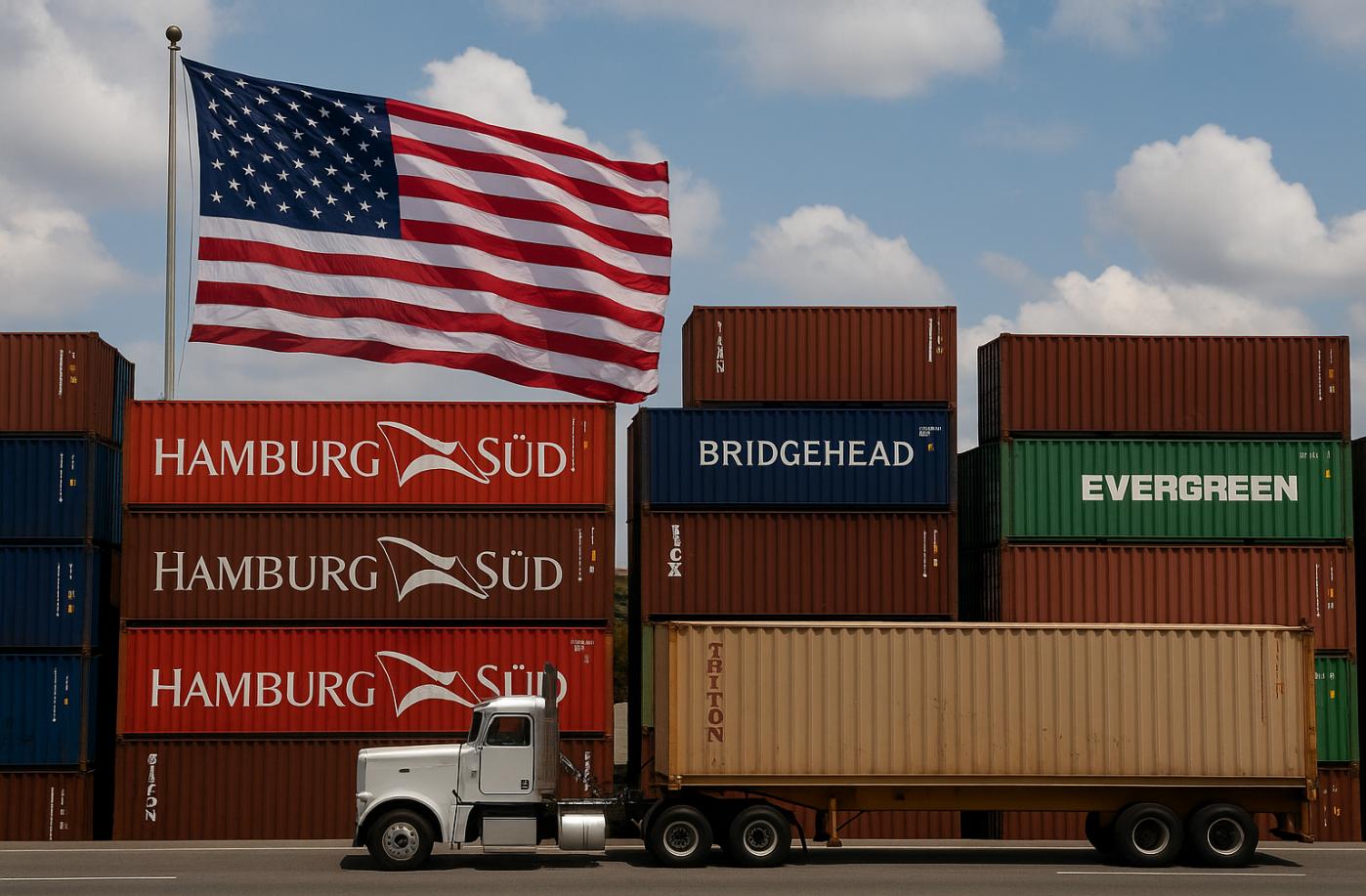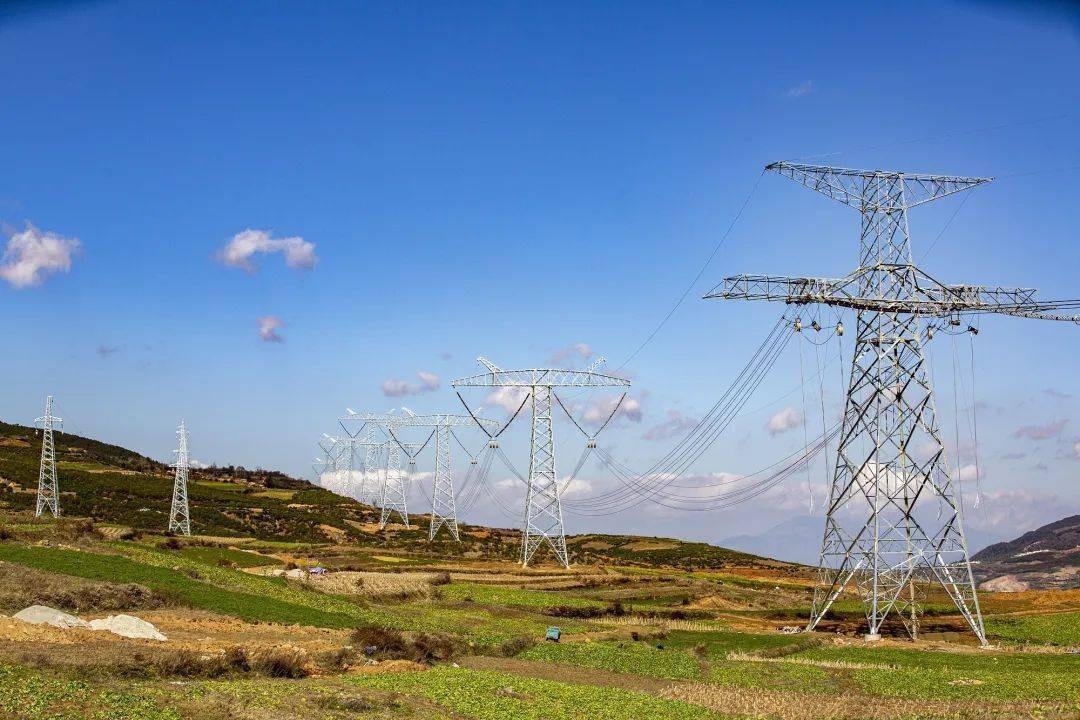
Recently, Reuters reported that the Trump administration announced that it would impose new high tariffs on some imported goods starting from October 1, 2025. These include a 25% tariff on heavy trucks and up to 100% tariffs on some brands of prescription drugs. At the same time, furniture, cabinets and other items have also been included in the scope of the tax increase. This policy has triggered a chain reaction at the economic level, and its impact goes far beyond tariffs themselves. Instead, it is transmitted throughout the entire economic system through multiple channels such as prices, supply chains, and the macro environment.
Firstly, tariffs will directly raise the cost of imported products and be quickly passed on to the terminal prices. Heavy-duty trucks are important capital goods in the US logistics and transportation system and are widely used in long-distance freight transportation, retail distribution and industrial logistics. The increase in tariffs means that the marginal cost for transportation enterprises to purchase and update fleets has risen significantly. To maintain profit margins, enterprises may raise freight rates, delay capital expenditures or reduce transportation capacity, which will increase the costs of the entire circulation process. The increase in transportation costs not only affects the distribution prices of retail goods but also gradually spreads to industries such as manufacturing and agriculture that rely on long-distance transportation, leading to a general rise in the prices of consumer goods and production materials. This cost-based inflation is highly sticky. Even if future policies are adjusted or tariffs are abolished, the price system is unlikely to fall back rapidly.
In the medical field, a 100% high tariff brings about a more direct price shock. Most prescription drugs are in high demand. Consumers have few alternative options in the short term and it is difficult for them to cope with the rising prices by reducing their use. The increase in the prices of imported drugs will push up medical insurance expenditures and the proportion of out-of-pocket expenses for patients, thus putting greater pressure on family budgets. Medical insurance institutions and pharmaceutical enterprises may temporarily cushion the situation by adjusting pricing strategies, cutting profits or renegotiating procurement contracts. However, in the long term, if domestic production capacity cannot form an effective replacement in a short period of time, the tight supply will lead to a situation of high prices and low supply in the drug market, and even affect the stability of public health expenditure. For pharmaceutical companies that rely on overseas raw materials and production processes, the increase in tariffs not only affects the import of finished products but may also disrupt the cross-border flow of intermediate products and raw materials, further amplifying the uncertainty of prices.
Secondly, the suddenness and uncertainty of policies will increase the investment risk premium of enterprises. Although the government has reserved certain exceptional provisions for enterprises investing in the United States, building local production facilities requires time and funds and cannot completely replace the existing supply chain in the short term. In the face of high tariffs, enterprises are more likely to adopt short-term strategies, such as absorbing part of the costs, turning to other countries with lower tax rates for procurement or directly raising prices, rather than immediately conducting large-scale local production. This means that the manufacturing return expected by the policy is unlikely to be achieved in the short term, and consumers and downstream enterprises must first bear higher prices and costs.
Furthermore, the impact of this tariff policy on the global supply chain is also worthy of attention. Industries such as heavy trucks, furniture and pharmaceuticals operate within a highly global division of labor system, with upstream raw materials, components and R&D resources spread across multiple countries. High tariffs will prompt foreign suppliers to adjust their export strategies and even trigger reciprocal countermeasures from trading partners, which may lead to supply chain reorganization and result in higher operating costs and efficiency losses. For American enterprises, their competitiveness in the global market may be weakened due to the reconstruction of supply chains. The share prices and profit expectations of related enterprises have already fluctuated, indicating the capital market's concerns about the future cost structure.
Overall, the economic costs of this tariff policy are reflected on multiple levels. The rise in import costs, the intensification of inflationary pressure, the increase in investment uncertainty and the possible disruption of global value chains mean that so-called protective measures are unlikely to bring about a substantial improvement in industrial competitiveness in the short term. For the US economy, trade barriers built on high tariffs not only fail to quickly achieve the goal of manufacturing's return, but may also have more extensive negative effects in consumption, investment and international cooperation.

報告顯示,中國電力投資加速增長,預計2024年電網基建投資將超過5300億元。
近日,市場迎來了一則引人注目的消息:工業巨頭3M公司(MMM.N)在本周五公布了其季度業績報告,隨後股價飆升至近兩年來的
最近,外媒給OpenAI算了筆賬,今年可能要血虧50億美元。
近日,巴黎奧運會和世界鐵人三項協會聯合發布了一項重大決定,宣布因塞納河水質污染問題,原定於近期進行的奧運會鐵人三項首次下
當地時間7月18日,法國巴黎發生了一起令人震驚的持刀襲警事件。
近期,一則重大消息在國際舞臺上引起軒然大波,馬來西亞宣布加入金磚國家。
調查發現,互聯網和智能手機的使用幹擾了韓國近五分之一學生的生活。